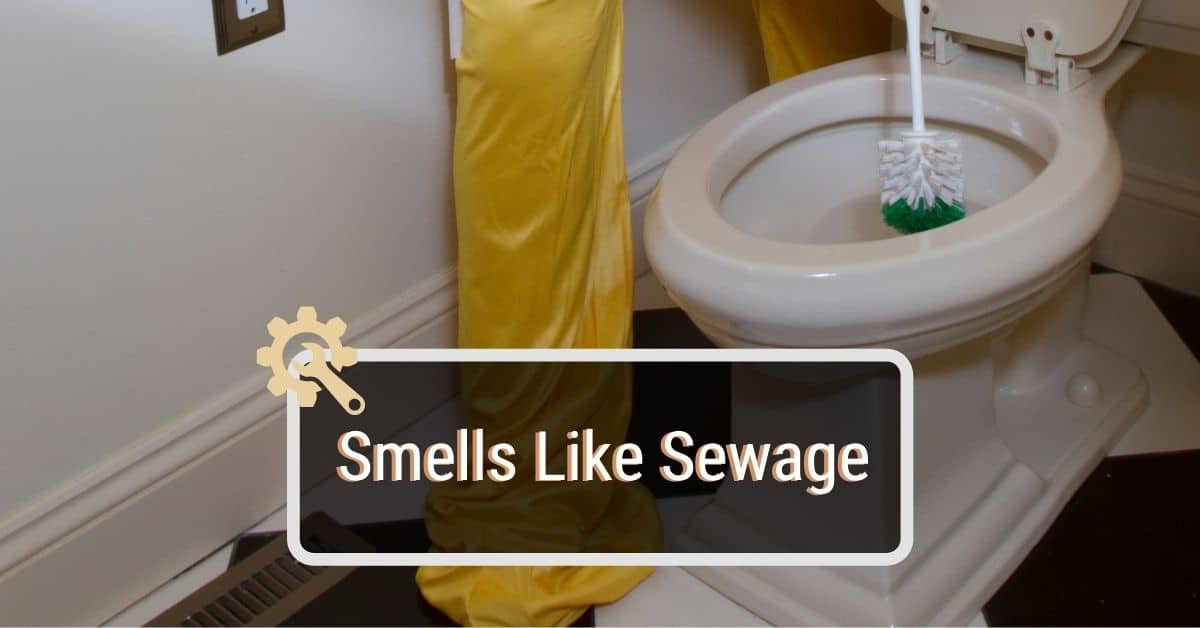Common Causes of Bad Bathroom Sink Odors

Bathroom sink smells bad – Unpleasant odors emanating from bathroom sinks are a common household issue, often caused by a variety of factors. Identifying the source of the odor is crucial for effective remediation.
Aapke bathroom sink se buri boo aati hai? Isse thik karne ke liye, aap apne sink के नीचे की जगह को व्यवस्थित कर सकते हैं। अंडर बाथरूम सिंक ऑर्गनाइजेशन आइडियाज का पालन करके, आप अपने सिंक के नीचे की जगह को व्यवस्थित कर सकते हैं, जिससे बुरी गंध पैदा करने वाले बैक्टीरिया को पनपने से रोका जा सकता है। इससे आपके सिंक से आने वाली बुरी गंध को कम करने में मदद मिलेगी और आपका बाथरूम अधिक स्वच्छ और ताजा महसूस होगा।
Potential sources of bathroom sink odors include:
Clogged Drain
- Accumulated hair, soap scum, and debris can obstruct the drain, leading to water stagnation and the formation of foul-smelling bacteria.
- Slow drainage or standing water in the sink may indicate a clog.
Mineral Buildup
- Hard water contains high levels of minerals, such as calcium and magnesium, which can deposit on the sink’s surface and fixtures over time.
- Mineral deposits can trap bacteria and create a breeding ground for odor-causing microorganisms.
Mold Growth
- Moisture and humidity in the bathroom provide an ideal environment for mold growth.
- Mold can thrive on surfaces around the sink, such as grout, caulk, and shower curtains, releasing musty and unpleasant odors.
Other Sources
- P-trap Odor: The P-trap, a curved pipe beneath the sink, holds water to prevent sewer gases from escaping. If the water evaporates, sewer gases can rise through the drain.
- Dry Drain: Prolonged disuse of the sink can cause the water in the P-trap to evaporate, allowing sewer gases to escape.
- Bacteria Buildup: Bacteria can accumulate on the sink’s surface, especially around the faucet and drain, causing unpleasant odors.
Effective Odor Elimination Methods: Bathroom Sink Smells Bad

Eliminating unpleasant odors from bathroom sinks requires a multifaceted approach. Understanding the underlying causes and implementing targeted cleaning and maintenance strategies are crucial for achieving long-lasting results.
Several effective methods can be employed to eliminate bad odors from bathroom sinks. These include:
Using Baking Soda and Vinegar
Baking soda and vinegar are natural deodorizers and cleaning agents. To use them, pour half a cup of baking soda down the drain and follow with half a cup of vinegar. Allow the mixture to sit for 15-30 minutes, then flush with hot water.
Using Bleach
Bleach is a powerful disinfectant that can kill bacteria and remove odors. Pour half a cup of bleach down the drain and let it sit for 30 minutes before flushing with hot water.
Using Commercial Drain Cleaners
Commercial drain cleaners are specifically formulated to unclog drains and remove odors. Follow the manufacturer’s instructions carefully when using these products.
Unclogging Drains
Clogged drains can trap water and debris, leading to odor problems. Use a drain snake or auger to clear any blockages.
Removing Mineral Buildup
Mineral buildup can accumulate in drains and cause odors. To remove it, pour a cup of vinegar down the drain and let it sit for 30 minutes. Then, flush with hot water.
Preventative Measures
To prevent future odor problems, follow these preventative measures:
- Run hot water down the drain for a few minutes every week to flush out any debris.
- Avoid pouring grease or oil down the drain.
- Use a drain cover to catch hair and other debris.
- Clean the sink and drain regularly with a disinfectant cleaner.
Maintaining a Fresh-Smelling Sink

Maintaining a fresh-smelling bathroom sink requires daily habits and regular maintenance tasks. Implementing these practices can help prevent unpleasant odors and keep your sink area smelling clean and inviting.
To start, establish a daily routine of rinsing the sink with hot water after each use. This helps remove any residue or debris that could lead to odor-causing bacteria buildup. Additionally, make it a habit to wipe down the sink surface and faucet handles with a disinfectant cleaner to prevent germ accumulation.
Preventing Clogs, Bathroom sink smells bad
Clogs are a major contributor to bathroom sink odors. To prevent them, use sink strainers to catch hair and other debris before they enter the drain. Avoid pouring grease or oil down the drain, as these substances can solidify and cause blockages. Additionally, consider using a drain cleaner regularly to remove any buildup that may be lurking out of sight.
Creating a Pleasant Scent
In addition to preventing odors, you can also create a pleasant scent in your bathroom. Scented candles or diffusers can add a touch of fragrance to the air, while potpourri bowls or fresh flowers can provide a natural and inviting aroma. Choose scents that are calming and refreshing, such as lavender, citrus, or eucalyptus.
Natural Odor Absorbers
Natural odor absorbers can also help keep your sink area fresh. Activated charcoal is a highly effective odor absorber that can be placed in a small container near the sink. Baking soda is another natural deodorizer that can be sprinkled around the sink or poured down the drain to neutralize odors.
The putrid stench emanating from your bathroom sink is an olfactory assault that demands immediate attention. The source of this malodorous emanation could lie in the depths of your bathroom sink faucet. Consider investing in a bathroom sink faucet with sprayer.
Its potent stream of water can dislodge the grime and bacteria lurking within the faucet, effectively eliminating the foul odor and restoring olfactory harmony to your bathroom.